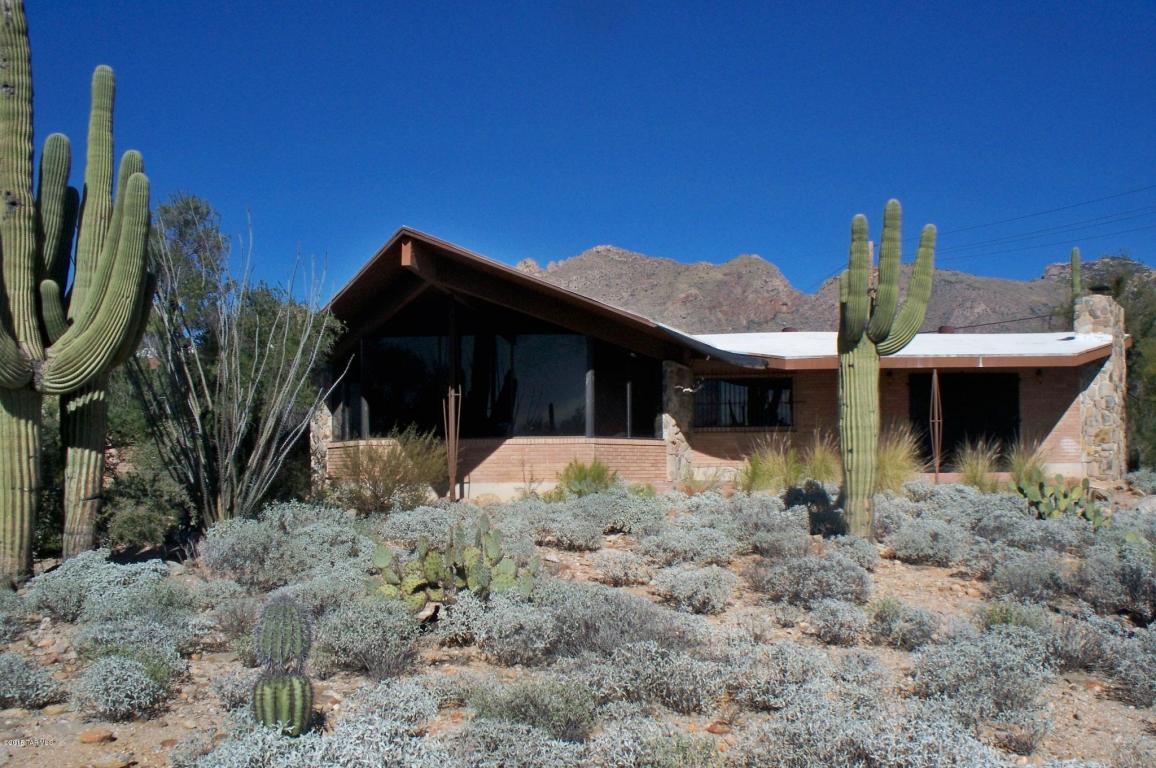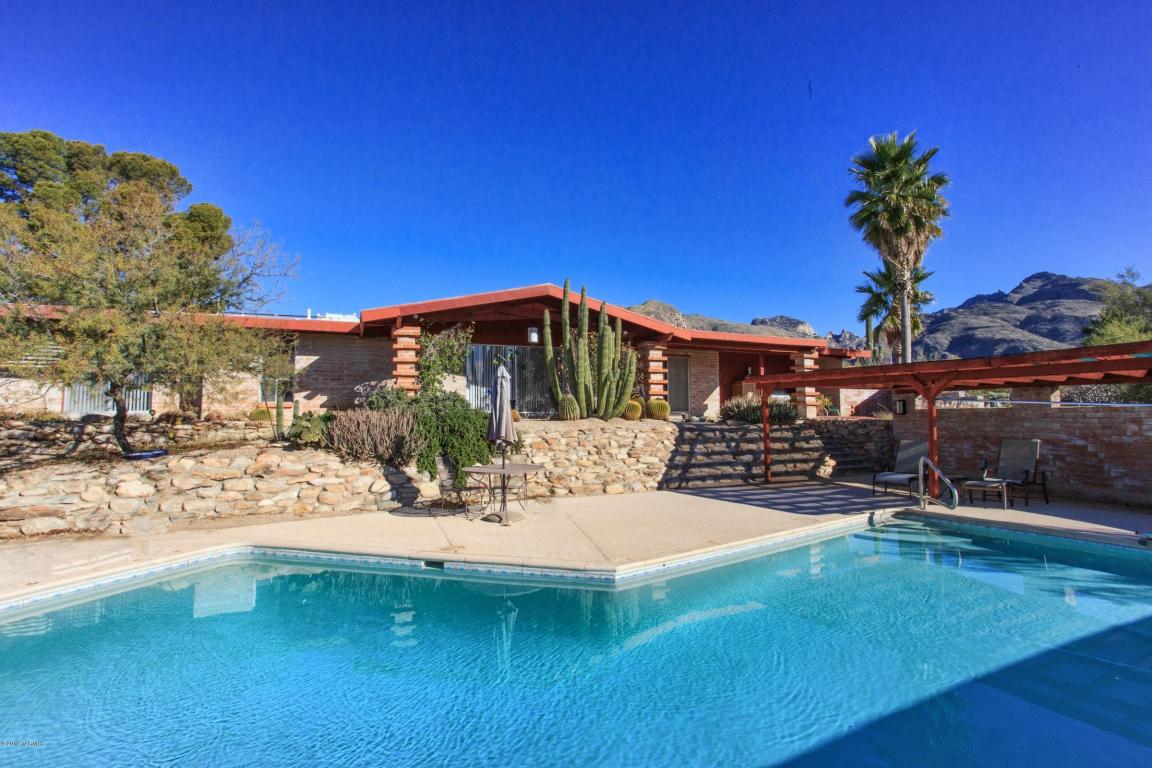Tucson’s roots run deep—truly deep. The area has been inhabited since at least 10,000 B.C., beginning with the migration of Paleoindian and Archaic hunter-gatherer societies. In more recent history, the Tohono O’odham people (formerly known as the Papago) became the primary Native American tribe in the region. During the 1700s, they were frequently in conflict with the Apache, who also left a lasting impact on the area. Just southeast of Tucson, you’ll find the Cochise or Apache Stronghold, a strikingly beautiful and spiritual area steeped in Native American history—just under two hours from the city.
By the mid-1700s, Spanish missionaries arrived, establishing missions throughout Arizona and California. Often referring to the Tohono O’odham as “savages,” they aimed to convert them to Christianity. Amid tensions between the Apaches, the Tohono O’odham, and Spanish settlers, Tucson continued to grow—though slowly. By 1777, it had a European-descended population of just 77, which grew to 300 by 1804, and to around 500 by 1819—not counting the native populations, of course.
Despite its growth, Tucson struggled through the mid-1800s. The presidios at Tubac and Tucson fell into disrepair, and the once-thriving convento (a fortified mission) was abandoned, as farming and orchards were neglected. Apache raids and European diseases decimated the native populations, and Tucson’s future looked uncertain.
Things began to shift with the California Gold Rush of 1848, which brought waves of fortune-seekers westward—many of whom passed through Tucson, sparking gradual growth. A major turning point came with the Gadsden Purchase in 1854, when the United States acquired southern Arizona and New Mexico from Mexico for $10 million. In 1856, the U.S. Army officially took control of Tucson.
By 1858, Americans were being elected to public office—although only a dozen or so Anglo-Americans lived among the town’s 200 residents. These new settlers began building stagecoach routes and wagon trails, transforming Tucson into a key transportation hub between San Antonio and San Diego.
Tucson truly began to flourish in the 20th century. By 1900, the city’s population had grown to 7,531. By 1940, it was nearing 37,000, buzzing with activity—and colorful characters. In one infamous moment of local history, notorious gangster John Dillinger and his crew were arrested in January 1934 at the historic Hotel Congress, now a beloved landmark known for its live music, vintage charm, and the always-popular Cup Café.
Tucson in 2025: Growth and Economic Expansion
As of 2025, Tucson's population stands at approximately 550,306 residents, with the metropolitan area reaching over 1 million . The city has experienced steady growth, driven by a robust job market and an influx of new residents.
Tucson's economy is diverse and expanding. The University of Arizona remains the city's largest employer, followed by Raytheon Technologies, Davis-Monthan Air Force Base, and Freeport-McMoRan Copper & Gold . The city has also seen growth in sectors such as optics, aerospace, and defense, earning it the nickname "Optics Valley" due to its concentration of optics and optoelectronics companies.
In recent years, Tucson has become a hub for new businesses and startups. The culinary scene has flourished, with over 30 new restaurants opening in downtown Tucson, offering a variety of cuisines and contributing to the area's vibrant atmosphere . Additionally, the Tucson Military Vehicle Museum opened in March 2025, showcasing a collection of over 60 military vehicles and attracting visitors interested in history and technology .
The real estate market in Tucson is also experiencing significant growth. According to a recent Realtor.com study, Tucson ranks third in the nation for expected housing price increases in 2025, with a projected 12.4% rise . This surge is attracting investors and homebuyers looking to capitalize on the city's expanding economy and quality of life.
Tucson continues to evolve, blending its rich historical heritage with modern growth and innovation. Whether you're considering relocating, investing, or exploring, Tucson offers a unique blend of tradition and progress.
















